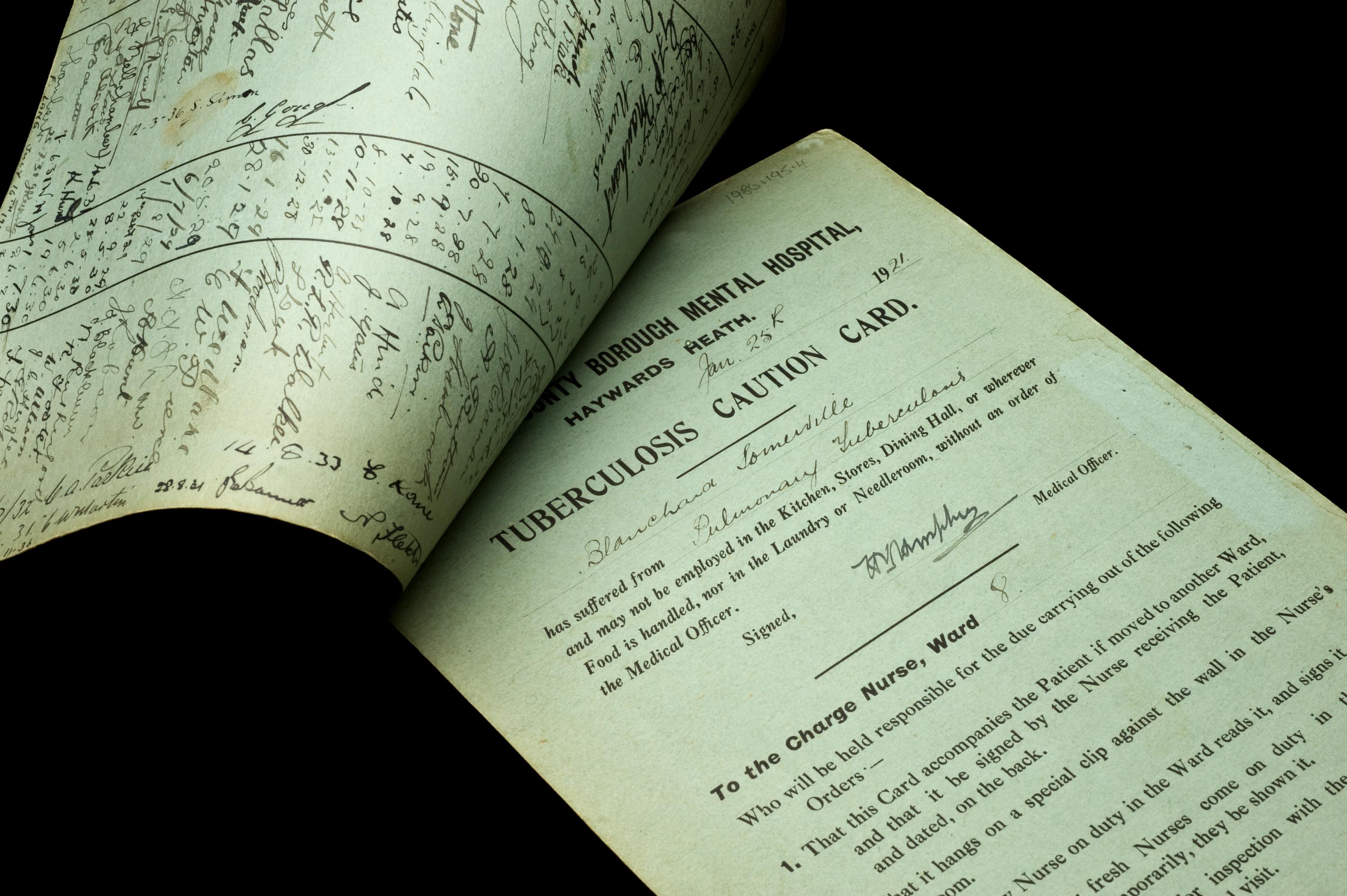1. Treating syphilis with mercury

Today we know that mercury is so toxic to humans that using it as medicine would be mad. But in Europe between the 15th and 19th centuries, it was given to treat the bacterial disease syphilis.
Syphilis symptoms include infertility, sores and even death. Mercury was known to kill bacteria, hence it was given in pills or ointments to patients. But it induced severe headaches, tremors, blindness and insanity, meaning this ‘cure’ was often worse than the disease.
2. COLLAPSING A LUNG TO TREAT TUBERCULOSIS

Before antibiotics to treat Tuberculosis became available in 1954, patients were treated with plombage (‘plom–ahj’). Inert material was inserted into a lung, which caused the lung to collapse and kill off the TB infection. Sometimes gases were pumped into the abdomen to help the lung shrink, a process called pneumothorax that often caused perforations and other complications.
3. BLOODLETTING TO TREAT TB AND PNEUMONIA

The ancient belief that illnesses were caused by imbalances in vital bodily fluids or ‘humours’ faded as medical science progressed, but certain practices related to it persisted, including bloodletting.
Still in use as recently as the 20th century, bloodletting treated bacterial conditions including TB and pneumonia. It involves draining blood via a controlled incision or the application of leeches until the patient feels faint. Other treatments involving draining bodily fluids include enemas and emetics.
4. USING MOSS TO PREVENT INFECTION

Before antibiotics entered mass production during the Second World War, sphagnum moss was used to dress wounds. Found in abundance in peat bogs, it played a significant role in the fight against infection for decades. It soaked up blood and kept wounds dry while fighting off bacteria—properties which also led to its use in soaps.
5. THE FRESH AIR cure for TUBERCULOSIS

© Wellcome Images (CC)
In the 19th century it was observed that tuberculosis patients lived better and longer lives if kept outdoors. TB bacteria are more dangerous in large numbers, so it makes sense that keeping people cooped up with other sick patients would make them worse.
It also explains why, from the 19th century to the 1940s, ‘fresh air’ was a common prescription for TB. Open-air hospitals and schools ensured patients were always outside, even at night, which made their winters harsh. Recovery was rare until tailored antibiotics became available in the 1950s.
6. USING ANTISEPTIC BATHS TO TREAT INFECTION

We now regard antiseptics as supporting treatments, but in a world before antibiotics they were applied to many types of injuries and actually saved lives. In the American Civil War, soldiers undergoing double amputations would be repeatedly dipped into baths of antiseptic to prevent their wounds from becoming infected.
7. Using silver nitrate to treat gonorrhoea

Like syphilis, gonorrhoea is a sexually-transmitted bacterial infection—less severe but still deeply unpleasant and painful. Before antibiotics, the antiseptic silver nitrate was used to treat it.
Silver nitrate kills bacteria on contact. The excruciatingly painful treatment involved injecting a thick syringe full of the stuff through the urethra. This process wasn’t always effective, and doctors often sent patients home with syringes to repeat it themselves until the infection cleared up.
Visit our free exhibition Superbugs: The Fight for Our Lives to see real bacteria and discover the innovative technologies being used to develop new antibiotics. Open until Spring 2019.
